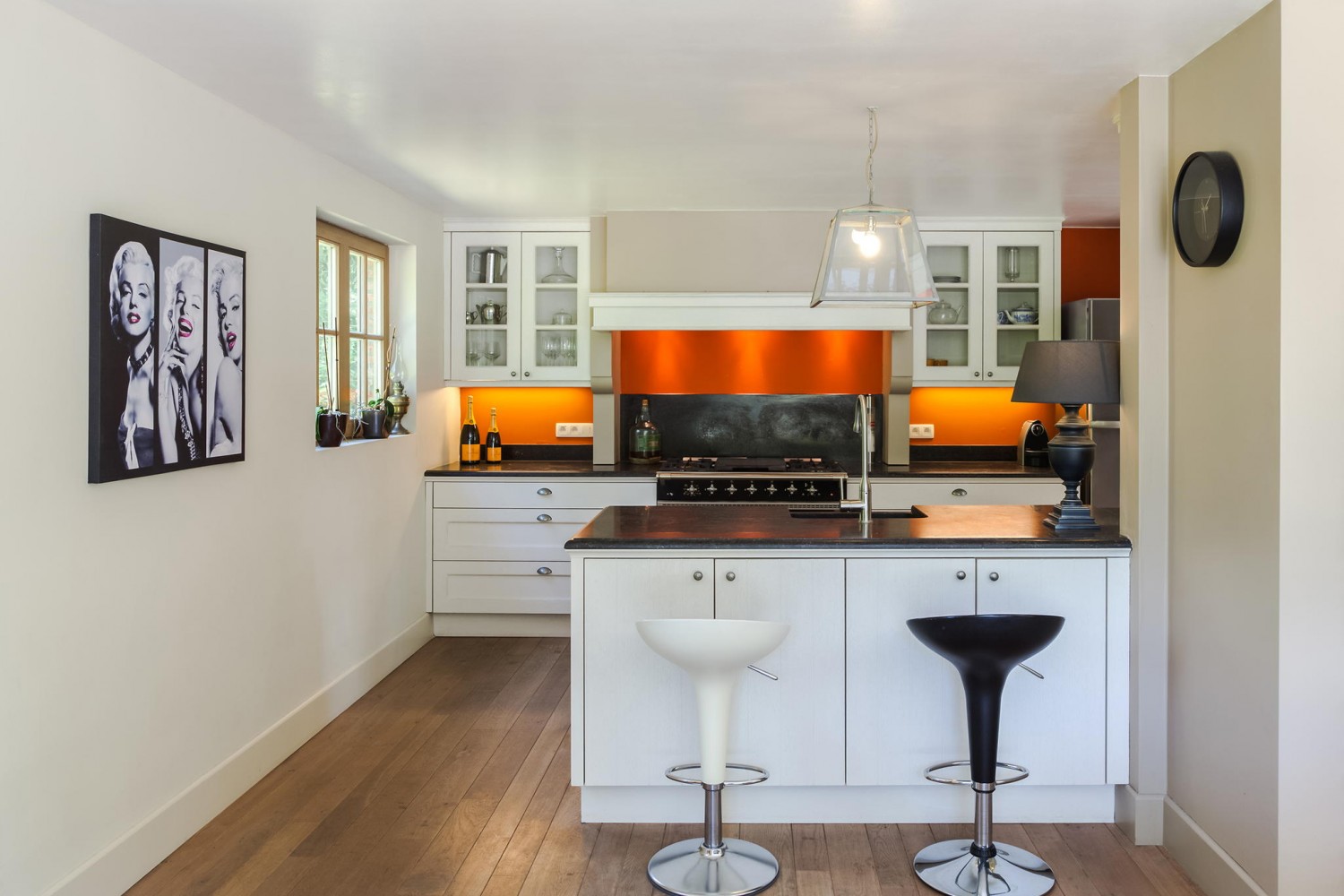Subject The Fascinating Experience Of Renovating Aged Cupboards, Revealing Untold Stories And Opening The Tricks Of Classical Times
Subject The Fascinating Experience Of Renovating Aged Cupboards, Revealing Untold Stories And Opening The Tricks Of Classical Times
Blog Article
Material Author-Gorman Wilkerson
To begin the trip of recovering antique cupboards, you require a keen eye for detail. Imagine uncovering concealed tricks within each layer of background ingrained in the timber. Image the contentment of restoring a once-forgotten piece to its former magnificence. Every action of this precise procedure holds the essential to maintaining the past while developing a future antique. So, are you prepared to start this transformative endeavor and unlock the capacity of your antique cupboards?
Evaluating the Cupboard's Condition
When starting the reconstruction procedure, begin by evaluating the problem of the antique closet. Meticulously examine the general framework for any indicators of damages such as fractures, chips, or loosened joints. Examine the wood for any type of rot, bending, or insect problem that may have occurred in time. It's essential to determine the degree of the remediation needed before proceeding even more.
Next, inspect floating shelves as joints, handles, and locks. Make note of any missing pieces or components that require repair service or substitute. Ensure that all hardware is functioning correctly and securely affixed to the closet.
Furthermore, review simply click the following article . Try to find any kind of scrapes, stains, or staining that may influence the aesthetic allure. Determine if the finish requires to be stripped and reapplied or if a straightforward touch-up will certainly suffice.
Collecting the Essential Tools and Materials
After examining the problem of the antique cupboard, the next step is to gather the necessary devices and products for the restoration procedure. Prior to you begin, guarantee you have the adhering to things available:
- wood cleaner
- sandpaper in different grits
- timber filler
- paint or wood tarnish
- brushes
- gloves
- security goggles
- a dust mask
- a ground cloth
- a putty blade
- a hammer
- a screwdriver
- a hoover
These devices and materials are important for an effective reconstruction.
Wood cleaner is important for getting rid of years of dust and grime buildup, preparing the surface area for fining sand. Sandpaper of various grits helps in smoothing out flaws and preparing the wood for a brand-new surface. Timber filler comes in handy for repairing any fractures, holes, or damages present in the cabinet.
Paint or wood tarnish, along with brushes, permit you to tailor the cupboard to your preference. Remember to use handwear covers, security goggles, and a dirt mask for defense. Put down a drop cloth to protect your workspace, and make use of a vacuum cleaner to tidy up any type of particles.
With these tools and materials collected, you prepare to begin the restoration procedure.
Carrying Out the Reconstruction Process
To effectively implement the remediation procedure on your antique closet, begin by extensively cleaning the surface area with the wood cleaner. This step is vital as it assists remove years of dirt, grime, and old gloss that may have collected on the surface.
Once the cupboard is clean and dry, examine the problem of the wood. Try to find any kind of splits, scrapes, or other problems that need to be resolved. Usage wood filler to repair any kind of flaws, making sure to match the filler shade to the timber tone for a seamless finish.
After the repair work have dried, carefully sand the whole surface to create a smooth and even base for the brand-new coating. https://radon-home-inspection44332.blogpixi.com/28073816/plunge-into-the-world-of-customized-closets-with-us-to-unveil-the-transformative-elements-that-will-enhance-your-area-to-extraordinary-heights not to sand also boldy, as you do not want to damage the wood underneath.
As soon as the sanding is total, apply a wood tarnish or complete of your choice, complying with the manufacturer's instructions. Enable the coating to dry completely before applying a safety leading layer to guarantee the long life of your recovered antique cupboard.
Conclusion
Since you have finished the restoration procedure, your antique cabinet looks just as good as brand-new.
By complying with the step-by-step overview, you had the ability to examine, fix, and improve its condition easily.
With a fresh surface and safety top layer, your cherished piece will continue to beam for several years ahead.
Appreciate the beauty of your brought back antique cupboard!
